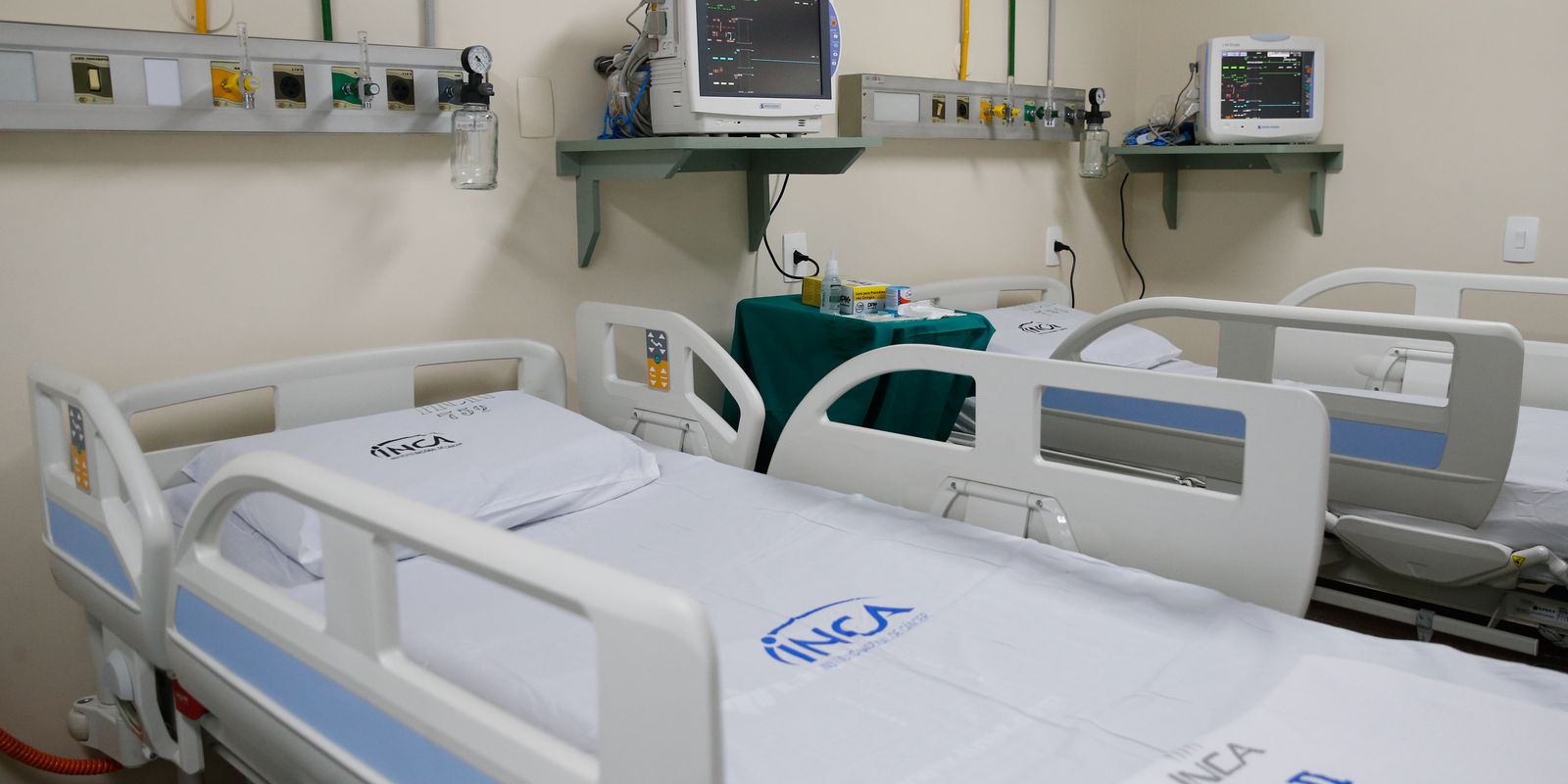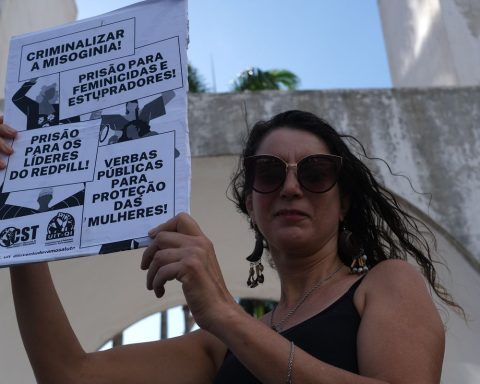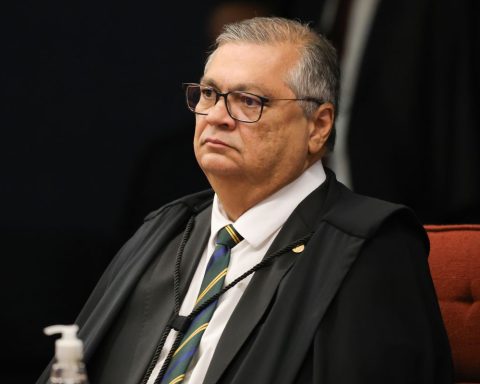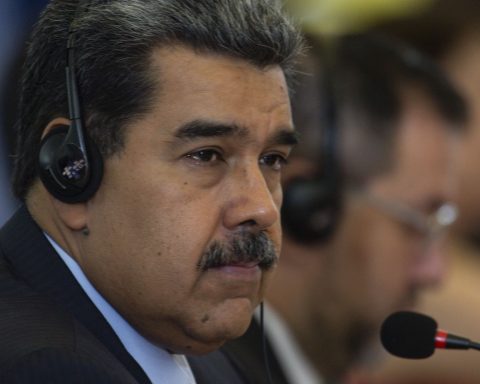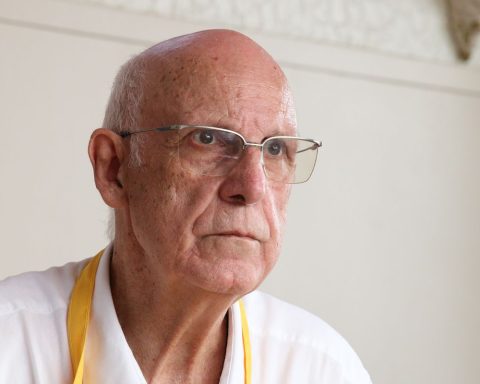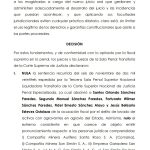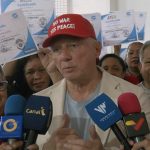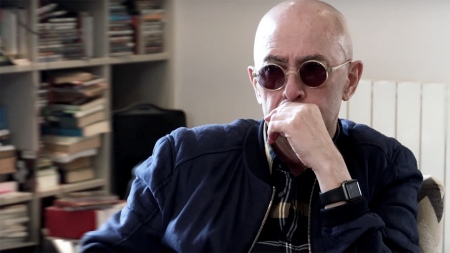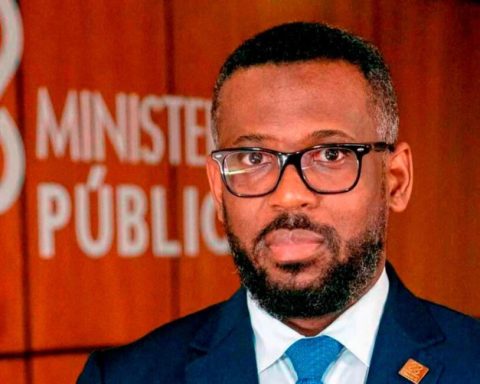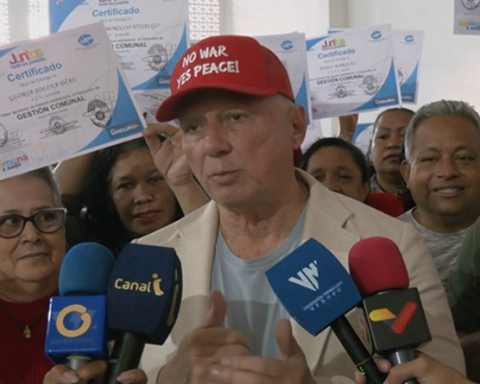It is common that the expression “palliative care” is often misunderstood, as a death sentence, when there is nothing else to be done. These ways of referring to this assistance, so important in situations of diseases that threaten the continuity of life, reduce the comprehensive understanding that care allows.
Experts heard by Brazil Agency point out that this approach should be present from the moment of the diagnosis of a serious illness and that good communication between patients, physicians and family members is the best way for decision-making in these processes.
Renata Freitas, director of the Cancer Hospital IV, of the National Cancer Institute (Inca), a unit specialized in palliative care, assesses that the Portuguese language itself hinders understanding. “We know palliative care as something that cannot be helped. For example: ‘he did only palliative care, then someone comes here and fixes it’. It’s our idea of what that term means, but it’s an imported expression. On the outside, there isn’t this connotation that there’s nothing else to do,” she explains.
For Karen Holzbecher, who accompanies her mother, Amalia, 86 years old, receiving a referral for palliative care was not easy. “My heart was super tight because I didn’t want to make a decision and say, ‘I want this done,’” she recalled. The conversation with health professionals and the family helped to understand that moment. “I asked God to lighten everything, but I thought it was the best solution. The doctor was very sweet. He told me that she could stay on the operating table, in addition to having to wear a diaper her whole life.”
Two years ago, Amalia Holzbecher, diagnosed in 2019 with rectal cancer, has been monitored monthly by Inca in the unit responsible for palliative care. “I always include her in decisions, in all. I think this is good and it is very important for the person to feel heard. The person didn’t die, understand?” says Karen. In a routine accompanied by her daughters, Amalia has mobility with the help of a cane. “I play. She says: ‘I wanted some water’. I say: ‘go to the fridge and get it’. To move around, right? She goes and does. I mean for the problem she has, she looks wonderful, ”she reports.
Concept
In 2002, the World Health Organization (WHO) updated the definition of palliative care based on the concept that emerged in 1990. “Palliative care consists of assistance provided by a multidisciplinary team, which aims to improve the quality of life of patients and their families. , in the face of a life-threatening illness, through the prevention and relief of suffering, through early identification, impeccable assessment and treatment of pain and other physical, social, psychological and spiritual symptoms”, says the text of the organization.
Geriatrician Toshio Chiba, head of the Palliative Care Service at the Cancer Institute of the State of São Paulo (Icesp), points out that palliative care applies from the moment of diagnosis, with decisions such as the choice of treatment, invasiveness, what to do when the disease is not amenable to curative treatment, among others. He adds that this care, although not aimed at curing, is able to contain the progression of the disease and also allow comfort and quality of life for the patient.
“There is already data that the earlier a care team begins to assist the patient and his family within this scenario, this line of care for the disease, the greater the possibility not only of increasing the patient’s quality of life, but also of impact on survival”, explains the director of Inca. She recalls that palliative care is directly related to the shared decision. “I cannot tell the other what quality of life is for him”.
In this sense, a care plan seeks to identify questions such as: what are the patient’s values, what are his beliefs, what are his objective conditions. “Taking into account that, normally, questions of cognition, of understanding, end up getting worse with the worsening of the disease, it is important that these conversations be started right at the beginning of the follow-up so that this is recorded in the medical record and what is written down: which these are the wishes of that patient”, adds Renata.
Chiba points out that sensitivity is needed when addressing these issues. “It doesn’t have to be a single event, it can be something procedural or in stages, getting to know the person, getting to know that person’s family to approach it in an appropriate way and be able to help with decisions. Not to torment, talking about the harsh realities, and pushing the decision to the family or to the patient himself”, warns the specialist.
Lucas, who accompanies his mother Alda Oliveira da Conceição, 76 years old, also attended at Inca, says that the sensitivity of the professionals was fundamental for the family. “At no time did they use the term ‘terminal’ when referring to my mother’s treatment. This made me very relieved and she felt much more comfortable dealing with the situation, ”he says. The disease was diagnosed 12 years ago and, according to the son, it has been progressing, but today the mother “does not complain of pain or a lot of discomfort”. She has been in palliative care for two years and receives “weekly visits from diverse and dedicated professionals”.
Procedures
The Icesp doctor explains that some principles help define the conduct with patients. “Respect for autonomy, we seek to ensure that there is as little harm as possible from interventions, to avoid futile treatments: ‘Oh, let’s do it because there’s this test or that procedure on the market’. Not. We will base ourselves on evidence”, he ponders.
For Chiba, however, it is not a menu of fast food to be presented by professionals for the family to decide. ??[Trata-se] to choose the appropriate resource to provide the patient’s quality of life through well-suited communication and proactively decide together with the family”.
It reinforces the importance of good communication. “It’s not pushing family members just because it’s their right or the patient’s right to decide. We need to have a conversation that is sufficiently enlightening to try to do our best and that is adequate for that personalized situation, it is not possible to put it based on medical conduct ”, he says.
The geriatrician regrets that this approach is still incipient. “Everyone has a story to tell, in the ICU or in the emergency room, in which we take the family members and are not heard, and we adopt behaviors in a way that was not expected or understood. The process of communicating the disease, or the acute phase of a disease that requires these behaviors, such as emergency care, the ICU or a ward, is often devoid of this attention, which we call palliative care”.
multidisciplinary care
Renata reinforces that care is provided by a team focused on a multidimensional approach. “Believing that there are not only aspects of physical suffering related to that disease, there is a whole psychological, spiritual, social dimension that comes along with the physical dimensions of that suffering and that this approach must be done by a multidisciplinary team from the moment of diagnosis”.
According to the doctor, among the people involved are a doctor, nurse, nursing technician, psychologist, social worker, physiotherapist, nutritionist, speech therapist, pharmacist, chaplaincy staff, volunteers and administrative staff.
Given the conditions of each service, she emphasizes that there is a minimum team. “It would be a doctor, a nurse, a psychologist and a social worker, but the ideal is for the services to have access to these different professionals so that the care is really comprehensive”, she reinforces.
According to Renata, there are basically three formats for palliative care. “Integrated is when the palliative care group comes in with the team that, within oncology, we call disease-modifying therapies, which are surgical intervention, radiotherapy, chemotherapy. The team that is treating the oncological disease works together with the palliative care team since the diagnosis”.
Regarding the format of the early offer, the WHO recommends that it be offered up to eight weeks after the diagnosis. “You have a period there to give the patient access to the palliative care team as well”, she clarifies.
There is also an offer based on care needs, which considers the fact that many of the services will not have enough staff to take care of people from the beginning. These groups then organize indicators based on the symptoms. Patients with high demand are referred to palliative care, and those with few symptoms are treated by the generalist team.
Service at Inca
Patients admitted to Inca, in Rio de Janeiro, can be treated in three units according to the topography of the tumor. “The HC3, for example, is the unit that takes care of patients with breast cancer, the HC2 the unit that takes care of victims of gynecological cancer and the HC1, which is located in Praça da Cruz Vermelha, is the one that has more clinics, head and neck, chest and abdomen”, says the director.
The patient is treated by the oncology team and also receives multidisciplinary support. When disease-modifying therapies are no longer applicable, he is referred to HC 4. “There is no longer any benefit from maintaining that therapy, whether chemotherapy or new surgical procedures, so he is referred to the team specialized in palliative care, which is in the Cancer Hospital 4.”
Upon admission to HC 4, the patient’s functionality is assessed, for example whether he is mobile, to decide whether he will go to the hospital for outpatient consultations or whether he will have a home care team. “The moment, during this follow-up, he has some worsening of the clinical situation or some poorly controlled symptom and the team realizes that they will not be able to manage it through the outpatient consultations or the home consultation itself, then it is suggested that he be hospitalized”, he explains. Renata.
After drug adjustments, the patient returns to the original care, outpatient or at home. “It is normal for a patient to start follow-up at the outpatient clinic and then be referred to home care, depending on their condition during the course of the disease”, he adds. Hospitalization is also a care model for patients who are at the end of life and who have expressed this desire, or through family demand. “We provide end-of-life home care at home as well,” says Renata.
